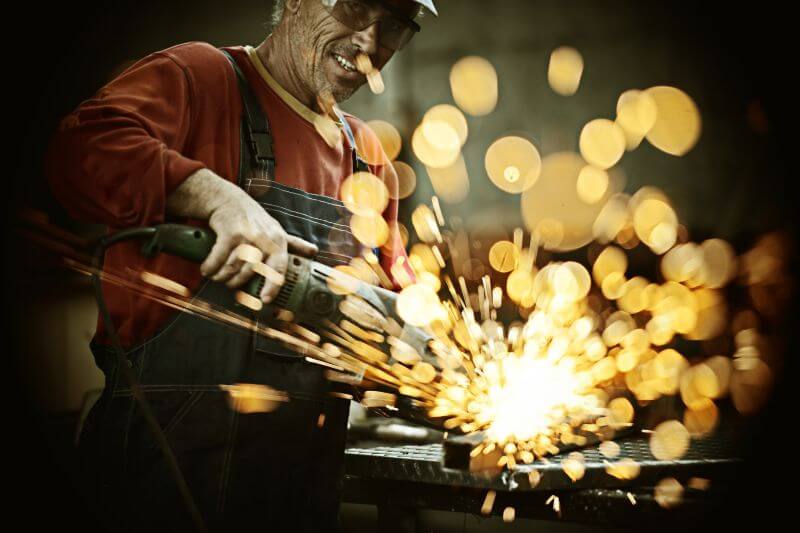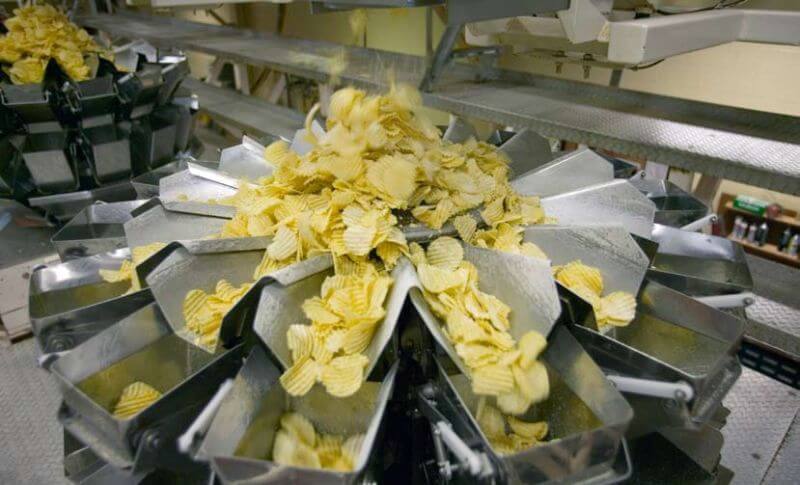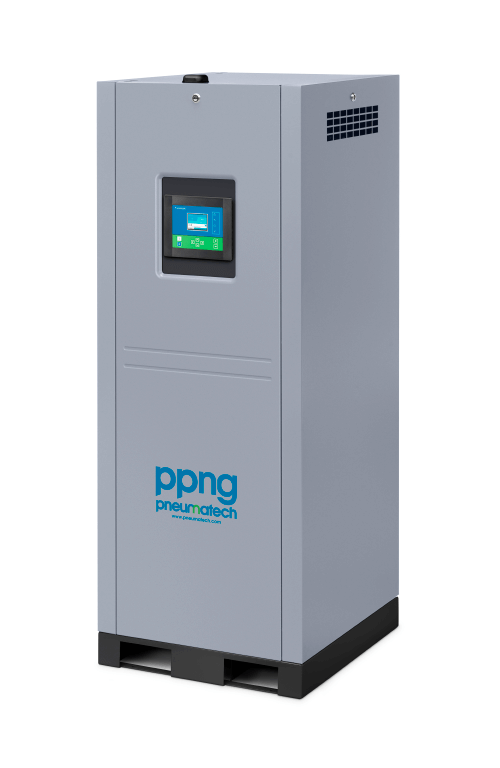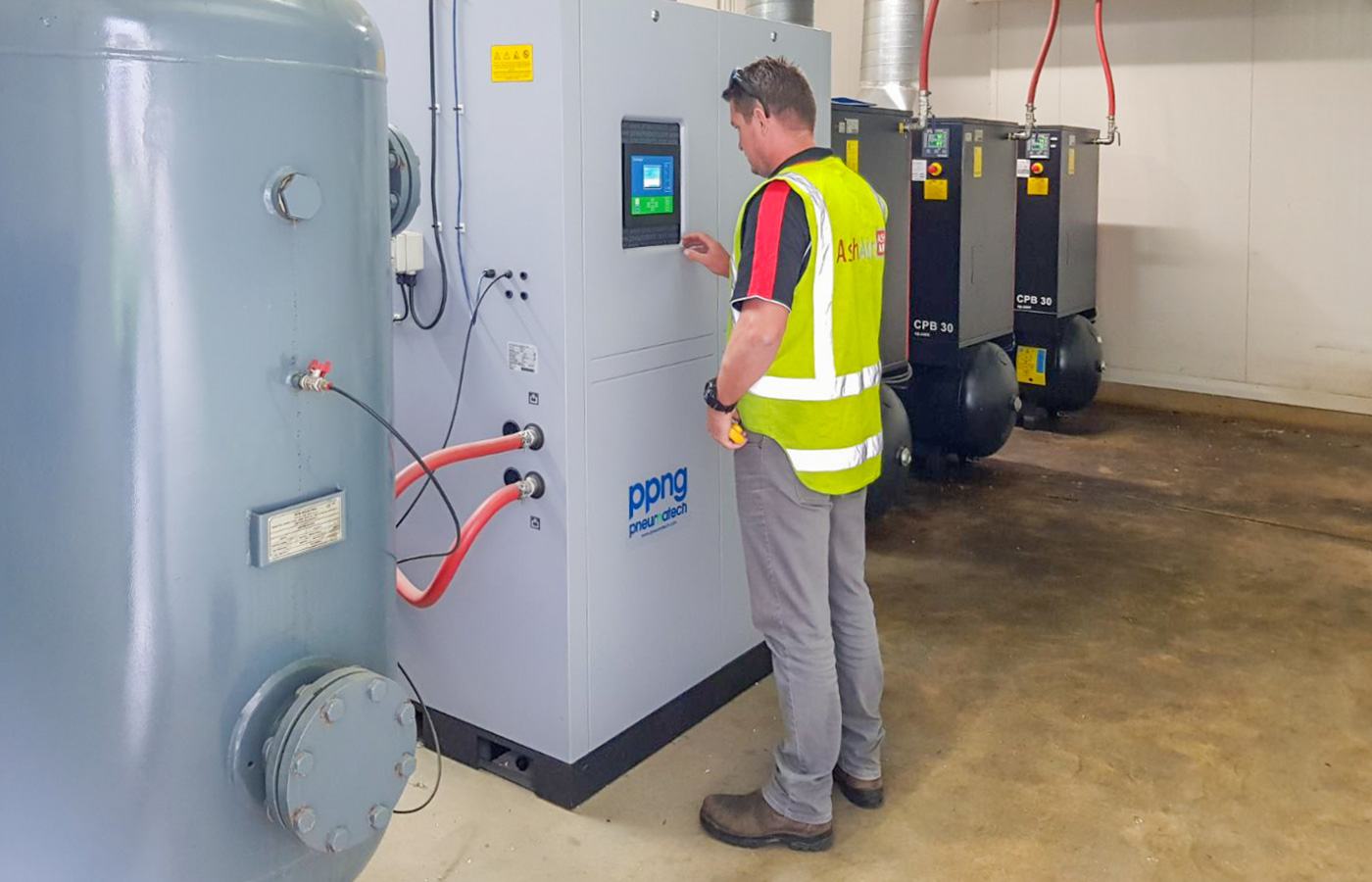Proportioning the Compressed Air Dryer
Trying to figure out which air dryer capacity is best for you? Here are some factors to consider. Read More…
Did you know, the biggest part of the air we breathe is nitrogen? Everyone needs oxygen to survive, however air is made up of 78% nitrogen, only 21% oxygen and tiny amounts of other gases. Although, the human body does not use this nitrogen, it is very helpful in various industrial applications. There is an unlimited source of nitrogen readily available, allowing you to achieve needed purity at a fraction of your current annual nitrogen cost.
First of all it is an inert gas. It is odorless, colorless and does not sustain life, however, it is important for plant growth and is a key additive in fertilizers. Its uses range far beyond the gardening sphere. Nitrogen usually appears in either liquid or gas form (although it is possible to attain solid nitrogen as well). Liquid nitrogen is used as a refrigerant, which is able to rapidly freeze foods and subjects in medical research, as well as reproductive technology. For the purpose of this explanation, we will stick with nitrogen gas.
Nitrogen is widely used, mainly, due to the fact that is does not react when exposed to other gas, unlike oxygen which is very reactive. Due to its chemical composition, nitrogen atoms need more energy to be broken and react with other substances. Oxygen molecules on the other hand are easier to break apart, therefore, making the gas much more reactive. Nitrogen gas is the opposite, providing unreactive environments where needed.
The lack of reactivity of nitrogen is its biggest quality and as a result the gas is used to prevent slow and fast oxidation. The
electronics industry presents a perfect example of this use, as during the production of circuit boards and other small
components, slow oxidation can occur in the form of corrosion. Slow oxidation is also no stranger to the food and beverage
industry, where in this case, nitrogen is used to displace or replace the air in order to better preserve the end product.
Explosions and fires are a good example of fast oxidation, since they need to be fueled by oxygen. Removing the the oxygen from a
vessel with the help of nitrogen, lessens the likelihood of these accidents from occurring.
With nitrogen being an inert gas, it is suited for a wide range of uses in many different industries in New Zealand!
For Oil and Gas industry, nitrogen is used for blanketing storage tanks. Compressor Systems, pipelines and reactors are purged with nitrogen to avoid the risks with fire or explosions.
Electronics - Nitrogen is used in lead-free soldering of the circuit boards or other very small components to prevent oxidation. Inerting with nitrogen improves the joint integrity.
Food and Beverage Packaging -Nitrogen is used at different stages in the production, handling and packing of beverages.
Because of its inert, colorless and odorless characteristics, it is used to displace or replace the air to reduce the risk of deterioration of the properties of the end product. In fruit juices for example the oxidation of vitamin C is perhaps one of the most decisive factors. The use of nitrogen in tanks, containers, pipes and bottles prevents this oxidation from taking place. To remove the oxygen dissolved in the juice, nitrogen is passed through the liquid, forming bubbles who carry the oxygen, which is than extracted from the juice.
In wine making industry, nitrogen is used to prevent oxidation which allows to use of less additives. Also the acidity, color, aromas and natural flavor of the wine will be well conserved. The use of nitrogen will allow a longer storage time without alteration of the primary quality of the wine. Nitrogen is practically insoluble in water and therefore is ideal to transfer the wine. To ensure maximum hygiene the bottles are washed and dried with nitrogen before filling. The drying goes faster than with normal air because the production process of the on site nitrogen generator makes it a very dry gas. And finally the bottle, after filling and before placing the cork, is purged with nitrogen to avoid the presence of residual air in the neck of the bottle.
Laboratories - Many analysis methods use nitrogen. High-purity nitrogen is used as a carrier gas in for example gas chromatography instruments. But it is also used for chemical analysis, spectrometers and thermal analyzers.
Fire Prevention -To start a fire flammable material is needed, together with an ignition source and oxygen. If oxygen is replaced by nitrogen; we reduce the risk of fire or explosion.Maximum Oxygen Concentration (MOC) is the concentration at which a substance can no longer burn. Reducing the oxygen concentration below MOC prevents explosion and fire. (The MOC level depends on the substance.)
Pharmaceutical - Oxygen and moisture causes degradation of pharmaceutical products. Also during the pharmaceutical production processes oxygen could initiate all kind of side reactions which are unwanted. Therefore we use nitrogen during production and packaging.
Marine - Nitrogen is used to prevent degradation of the cargo, for example food. On petrochemical tankers nitrogen is used to reduce the risk of explosions or fire during discharging the gas cargo.
General Industry - Nitrogen is use in many metal heat treatment activities like annealing, hardening, sintering. And also for welding,
brazing and soldering. Purging - the nitrogen is used to purge the surface of the metalic part that is heat treated. It prevents oxidation of the
metal. Carbonizing - Carbonizing is another application were nitrogen is frequently used because of the need for an oxygen free atmosphere during
the carbonization process. Plastic Injection Molding- In plastic injection molding nitrogen is often used as the assist gas that prevents oxidation
of the plastic, that leaves the mold with a clean surface finish. Nitrogen is also injected with the plastic creating air channels which results
in less plastic needed without cutting the strength.



If an application requires nitrogen use, there are three main ways of obtaining the gas. One is to lease an on-site nitrogen tank and have the gas delivered, the second is having nitrogen gas delivered in high pressure bottles. The final one is generating your own nitrogen using compressed air.
Buying nitrogen can become very inconvenient, inefficient and costly, since there is a need to deal with a third party supplier. For these
reasons many businesses may choose to lease or rent their nitrogen generators.

There are two types of nitrogen generators, membrane nitrogen generators as well as PSA (Pressure Swing Adsorption) nitrogen generators, which allow achievement for very high purities of 99.999% or 10 PPM (parts per million) and even higher. Learn more about the latter.
We offer Pneumatech Nitrogen Generators for rent or lease here in New Zealand.

Leasing a Pneumatech PPNG 18S Nitrogen Genrator onsite from Ash Air is a risk-free way for your to cover your Nitrogen needs!
Our On-Site Nitrogen Generation package includes: compressor, filtration, receivers, PPNG 18S Nitrogen Generator and piping system.
Leasing an Nitrogen Generator on-site is a risk free alternative to liquid nitrogen: all you need is to provide electricity and space. If you opt for a lease, you incur no capital expenditure; you simply switch from MANPAK to your own Nitrogen lease fee. The fee is fixed for 5 years, thus nitrogen costs will remain as your operating expenses. We will do remote monitoring and preventative maintenance to ensure the highest up-time.
Ash Air has been around in New Zealand since 1979, and we’ve grown into a nationwide company with international support and a
reputation for quality and reliability.We look after all things compressed air for your business!
Ash Air's range of Chicago Pneumatic, Alup, Pneumatech, and Quincy compressors are used extensively around the world in industries
ranging from oil and gas to food, automotive and farming, and we bring you these world class compressors here in the land of the long white
cloud.Our technicians are compressed air equipment experts and are dedicated to addressing customer needs. Supported by a 13 locations
nationwide, Ash Air offers one of the widest selections of compressed air equipment and parts available today in New Zealand.
With Ash Air compressors, you can count on reliability and high performance for even the most demanding applications. We focus our
efforts on the following:
Talk to the team today:
Do you have an idea for our #expertcorner? Let
us know!
Who we are and how Ash Air can help your business!
Reliability and Efficiency
Read more from our #expertcorner
Proportioning the Compressed Air Dryer
Trying to figure out which air dryer capacity is best for you? Here are some factors to consider. Read More…
Maintenance budget: 8 factors to consider
Just like any other equipment, a compressed air installation also requires the necessary maintenance work during its entire lifespan. Even though maintenance costs are only about 5 to 10% of a machine's annual operating costs, failure to budget for maintenance can have potentially disastrous consequences. Read More…
The air dyer is one of the most ignored cooler in the system. A dirty condenser will cause water in the lines, or worse it will cause complete dryer failure. Read More…